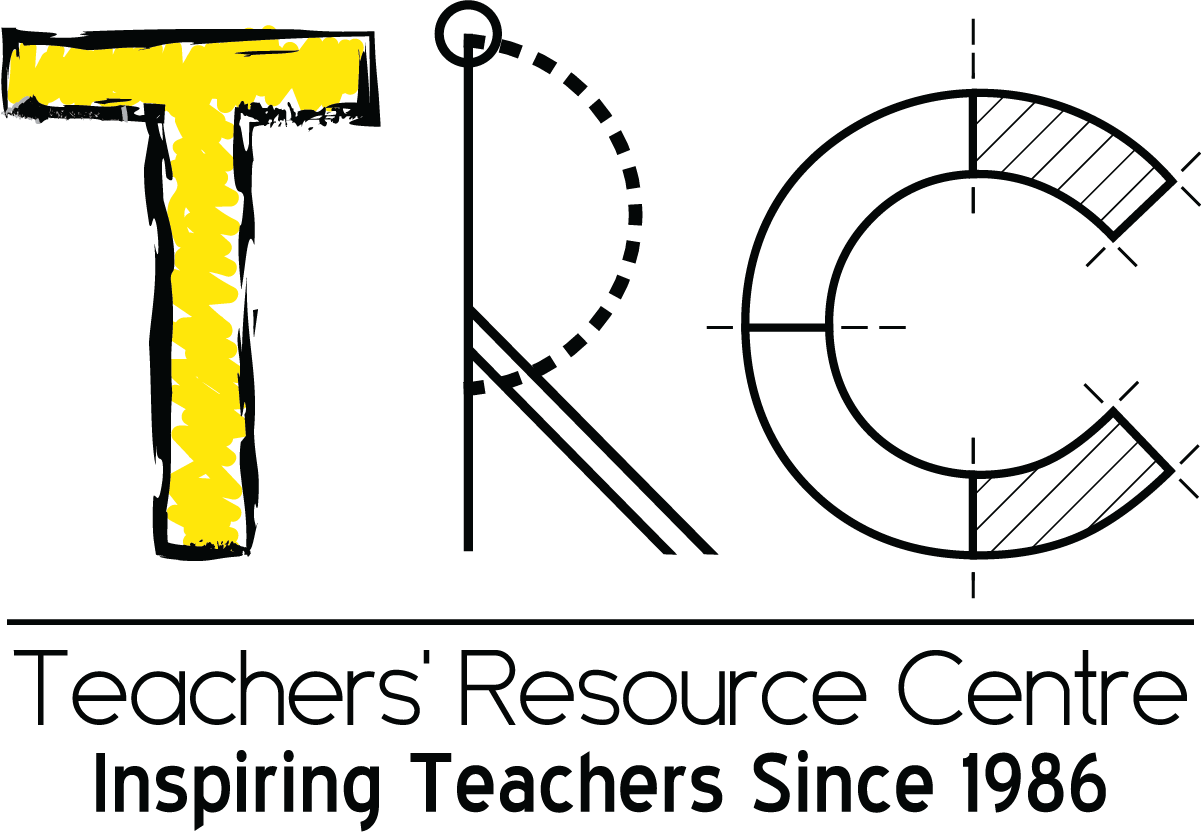No products in the cart.
Teaching to the test: Getting in the way of learning
When the objectives of testing are not thought through, it merely causes children to learn to take tests. In this article, Fauzia Azami Zubair argues that when a teacher teaches to the test, her students miss out on a real education, that teaches them to apply concepts, problem-solve, and develop necessary thinking skills. Are we educating or testing? a school, it often gets compromised at the classroom level. Most people almost completely disregard the limitations of examinations and testing, and continue to view this type of assessment as essential for measuring performance. Bad practices in the race for high scores Ideally, teaching should promote thinking, analysis and questioning. It should explain concepts that form the basis of certain core learning outcomes. Yet, what we often see and accept without questioning is a teacher who is trying simply to get her students to perform well on a particular test. She might drill students on specific parts of a chapter, or make them practice a list of words that will appear in the test. As Dr. Louis Volante, an associate professor at Brock University says, “It seems essential that teachers understand what is an appropriate amount of time needed for test familiarisation, so that they do not sacrifice important curricular content in the drive for high scores. Clearly a week of mock exams prior to the administration of a test is excessive. However, even a day of practice testing is inappropriate if students are being trained on how to answer particular test items”. He also believes that test scores are not necessarily a fair indicator of a student’s ability. Some students who master the material taught in class may not succeed in tests, due to the lack of test-taking skills or other issues such as anxiety attacks before an exam and that can sometimes prove debilitating. Another poor practice, which is often widespread in education and is an example of teaching to the test at it’s very worst, is ‘item teaching’. Item teaching occurs when students are taught to practice and perform well on particular items from a chapter or the twenty to thirty words that will appear in the test. At the end of the day, teachers who item teach learn almost nothing about how well the students have mastered the curriculum goals. Students who have been item taught, may score high on a frequently practiced test, but they probably have not mastered what that test represents. Teachers who item teach almost always arrive at misleading overestimates of what their students have truly learned. This brings us back to the questions: a) Are we teaching or testing? b) Which is of more value to an individual in the final analysis? Critics of teaching to the test have long argued that students taught this way lack a comprehensive understanding of subject matter. And even if the method raises test scores – which it often fails to do – students may not truly grasp the key concepts of the content taught. The practice leads to an emphasis on rote memorisation and excludes creative and abstract thinking skills. The problem with that is that in real life, students need not only academic knowledge, but also creativity, morality, aesthetics, and life skills in order to prepare for future success and this kind of testing does not meet those needs or help students with their future lives. Also, most classrooms have a mix of students with different abilities. The many variables that affect students’ lives, impact their responses to learning. The challenges that fall upon the disadvantaged student – and there are a few in every classroom – simply add to the stresses in their life and in th
e race for grades, they seek shortcuts to success. In a system that propagates teaching to the test, students are likely to compromise on actual learning and focus largely on the achievement of grades. Where are you on the ethical continuum? Owing of its glaring shortcomings, the practice of teaching to the test is often considered unethical. A 1989 study evaluated the ethical “continuum” of the practice, and identified seven practice points, ranging from most to least ethical: 1. General instruction on local objectives 2. Instruction on general test-taking skills 3. Instruction on objectives generally measured by exams and tests 4. Instruction on objectives specific to the test used 5. Instruction on objectives specific to the test used and using the same format 6. Instruction using a released test or a “clone” test that replicates the format and content of the test used 7. Instruction using the test to be used, either before or during test administration The study concluded that the ethical boundary fell between points three and five, with points one and two being ethical and points six and seven being unethical. Overcoming the limitation of testing Alternatively, the practice of ‘teaching to the curriculum’ is a healthier option, provided it is approached in the right way. When a subject is taught to the curriculum, children are tested to find out whether they have mastered the skills and knowledge – the content standards, educational objectives or curricular aims – which the curriculum intends for them to master. If a teacher has helped students master the curricular goals represented by a specific test, then a student’s high performance on a test may fairly reliably indicate that he has learned what he was supposed to learn. Curriculum teaching is frequently demonstrated in the teaching of language skills, such as in compositions. A teacher, whose aim it is to make her students skilled writers of persuasive or argumentative, or creative and thought-provoking essays, wants her students to acquire a general mastery of that skill. As teachers we should aim for our students to acquire those skills so completely that they can apply those skills in a variety of in-school or post-school settings. Curriculum teaching helps us to do that. Thus a good aim to have is “teaching toward the curricular goal represented by the test”. Another alternative to exams and testing that some schools around the world use is performance-based assessments. The idea behind this is to create a portfolio of a student’s work that documents the growth of their academic performance during the entire school year. This provides a broader perspective of a student’s abilities, than a test administered at a single time. ‘Teaching to the curriculum’ takes us back to the essentials of education, while alternatives such as performance-based assessment are still new to the world of education. Indeed, performance-based assessment and other alternatives that have been devised to overcome the limitations of teaching to the test are worth exploring as wholesome alternatives to a system that reduces students’ abilities and potential to a set of numbers based on regurgitated information. Fauzia Azami Zubair holds a Masters degree in English Literature from the University of Karachi, and a Post-graduate Diploma in Advanced Professional Studies from the University of Strathclyde, Glasgow, Scotland. An experienced teacher, she started her career in 1973 and is currently between assignments. She has teaching as well as counselling experience in various leading schools in Karachi. References: Article: Dr. Louis Volante; Concordia University; Brock University Article: Jones, 2004 May 2014

